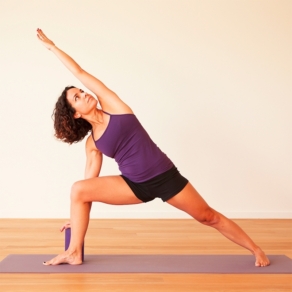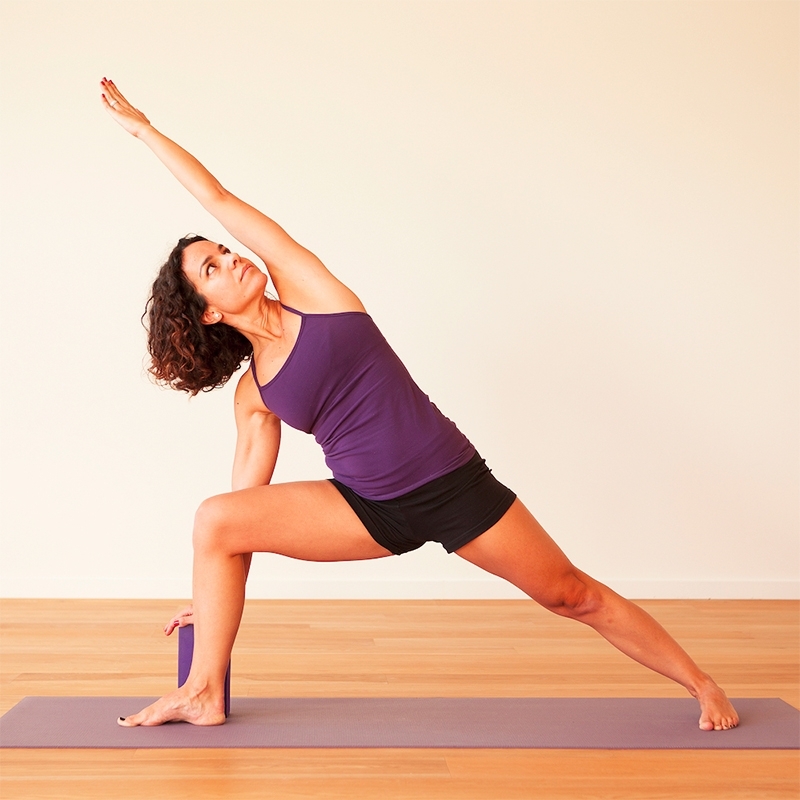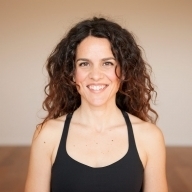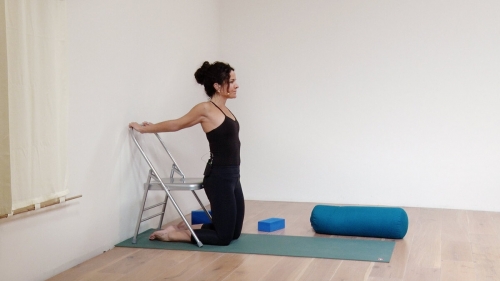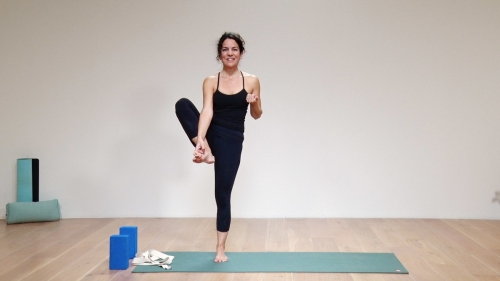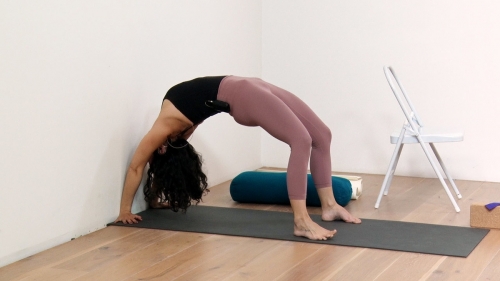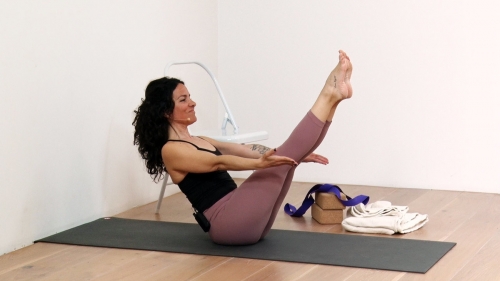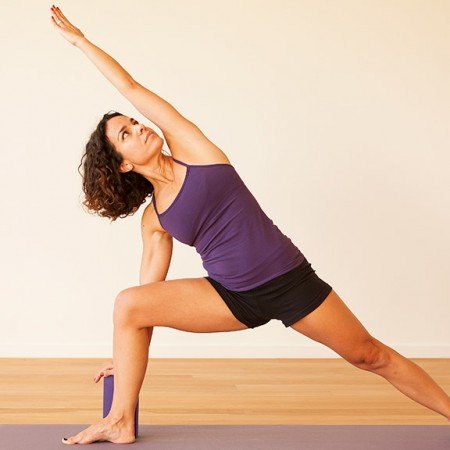Iyengar Yoga is a form of Hatha Yoga. The practice has been carefully structured in a way to allow a beginner to progress surely and safely through asana.
Iyengar Yoga’s attention to alignment and detail makes it ideal for beginners to yoga, and for intermediate and advanced students who want to gain a deeper understanding of their asana and Pranayama practice. Iyengar Yoga requires effort and attention to detail as the poses are held for longer periods than in many other styles such as Vinyasa Flow. This improves concentration and focus. The attention to specific alignment in the postures and the use of lots of props means it can be very therapeutic for people with postural issues as well as many different ailments including chronic pain, insomnia and depression.
Iyengar yoga was developed by B.K.S Iyengar, considered by many as one of the foremost yoga teachers in the world. Iyengar was a direct student of Krishnamacharya who is referred to as the Father of Modern Yoga. Iyengar had health problems when he was younger which improved through his asana practice. He developed Iyengar yoga as practice which would be suitable for all ages, abilities and disabilities.
Philosophy and Principles
Iyengar yoga is based in the Yoga Sutras of Patanjali – which guides you towards peace of mind and ultimately to bliss (Samadhi). Many people split yoga into 4 different types – Raja, Jnana, Bhakti and Hatha. B. K. S. Iyengar considered all types as a whole, not to be practised individually. Iyengar yoga is known as the “yoga of action” also known as “Kriya Yoga”. Kriya yoga has three tiers, Tapas, Svadhyaya and Isvara Pranidhana.
Iyengar Yoga focuses on three aspects: alignment, sequencing and timing
Alignment:
When executing postures (asana), correct body alignment allows the body to develop harmoniously in an anatomically correct way so that the student suffers no injury or pain. All bodies are different, with different weakness and strengths and it is important to realise correct alignment can be different for everybody. Because of this, the use of props such as straps, blocks, blankets and chairs is a major part of Iyengar Yoga. These support the body in different postures so that you can work on a posture in a safe and effective way.
This is not just to gain the proper functioning of the body, but when aligned also with the breath you achieve balance in the mind, emotions and senses
Sequencing:
In order to get a powerful cumulative effect, Iyengar yoga has a strong focus on practising asanas in a particular and progressive order so that one can progress in a safe and structured way, gaining flexibility, strength and sensitivity in mind, body and spirit along the way.
Timing:
Unlike Vinyasa Flow, where you flow from one asana to the next, Iyengar Yoga is more focused on holding poses for considerable lengths of time to let the effects of the poses go deeper.
Iyengar practice today
Iyengar Yoga classes are recognizable by their focus on alignment, specific sequencing and the time that postures are held. The teacher has a very specific manner of teaching poses – being the same among all Iyengar teachers worldwide. Often classes are arranged to teach certain types of postures. Certifying as an Iyengar Yoga teacher is an intensive process, taking a minimum of two years.
The benefits of Iyengar Yoga
- alleviates postural/structural problems in the body
- releases emotional tension
- increases focus and concentrations
- increases energy
- helps you to reconnect with yourself
- brings intelligence and clarity to all parts of the body and mind

